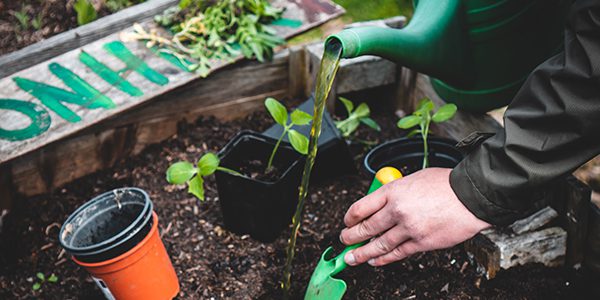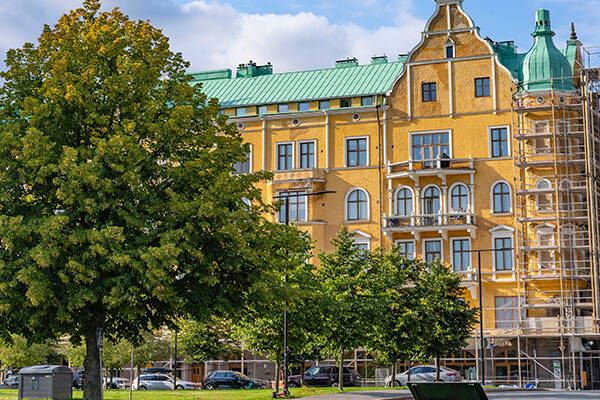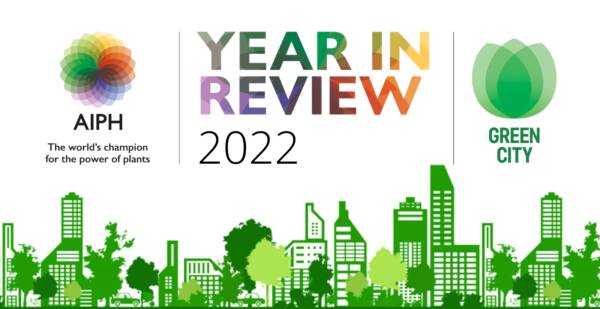A review of research from 57 different countries highlights the extensive social and cultural benefits of urban agriculture. These include community cohesion, increased food security, and multiple economic opportunities. Urban food-growing spaces serve as fertile, meaningful, and safe grounds for integrating different communities to grow together.
Quantifying the multiple ways urban agriculture benefits people empowers planners and policymakers to justify future investment and protection of these spaces. At present the full extent of the multidimensional impact of food production in urban areas is not comprehensively understood. In comparison to the wellbeing and cultural benefits of other urban green spaces such as parks and playgrounds, the role of food-producing spaces has received comparatively modest attention. Ilieva et al. (2022) examined the evidence for beneficial outcomes to include the educational, community, health, and economic impacts of urban food-producing spaces. Their review of 272 publications draws insight into social and cultural benefits as divided into four aspects; engaged and cohesive communities, health and well-being, economic opportunities, and education.
In their discussion of the different publication studies they highlight some of the critical ways that engaging with growing plants has supported community empowerment, supported education, and increased availability of nutritional food. Using case studies from across the globe this paper describes how the focus on food-growing has supported all citizens, from humanitarian migrants through to long-term residents, to foster a sense of belonging and social cohesion. It also provides examples of the economic benefits of urban agriculture through skill development and enterprise opportunities. Additionally, multiple studies identified the positive influence of gardening on fruit and vegetable consumption.
Whilst there is extensive support for urban agriculture within the publications reviewed, the challenge lies in how the impact of food-growing spaces is evaluated. The cost-analysis on the production of food alone would present an inefficient picture in comparison to modern farming practice, however the broad social and cultural benefits demonstrate the extensive value of urban-agriculture to city residents. Planners and private developers should consider the opportunity to integrate urban agriculture to provide community cohesion and health and wellbeing outcomes. Furthermore, those involved in urban agriculture activities should seek to capture and report the many forms of success from potatoes grown, apples harvested and communities cultivated.
Full report: https://www.mdpi.com/2073-445X/11/5/622/htm



















